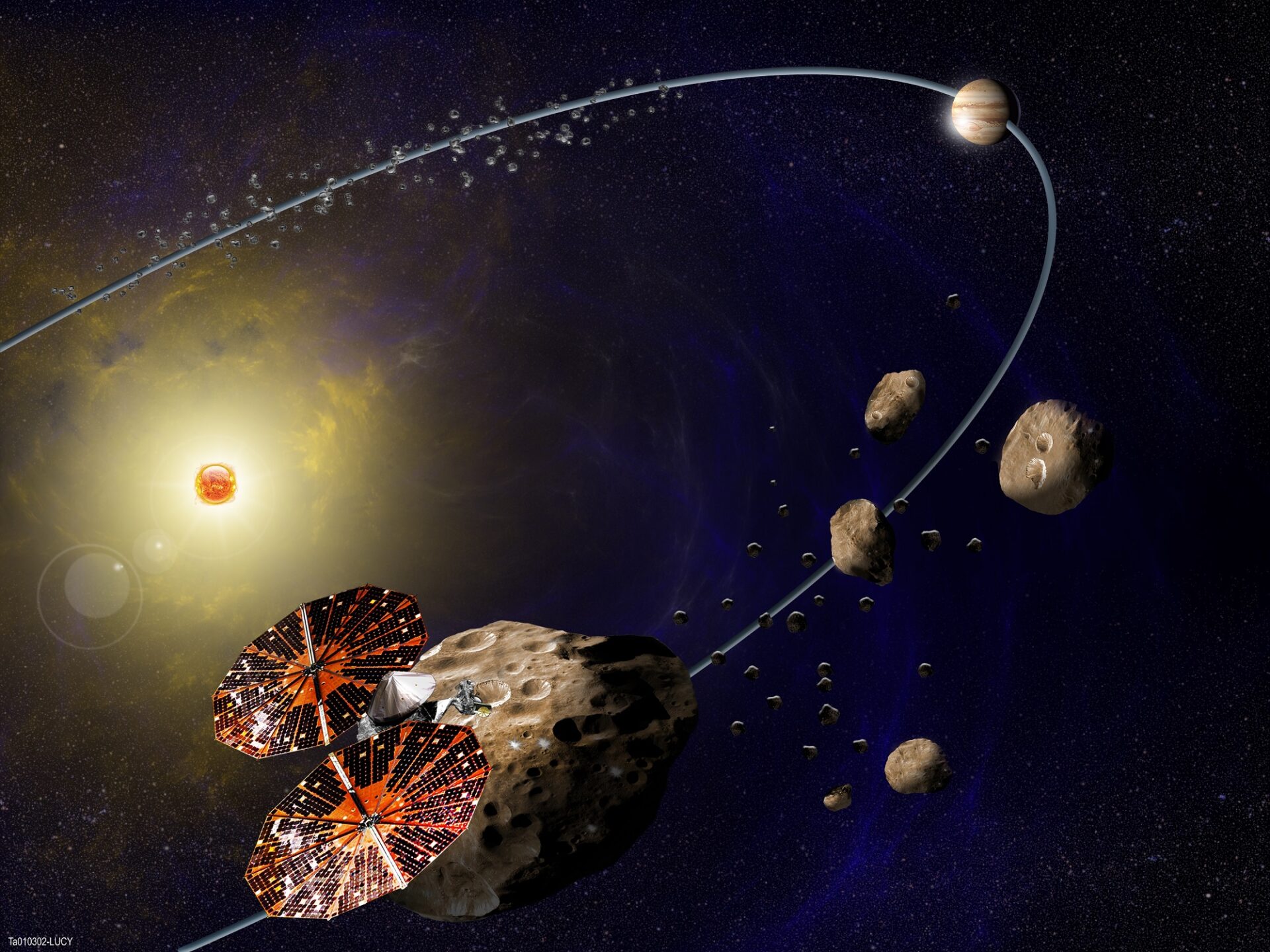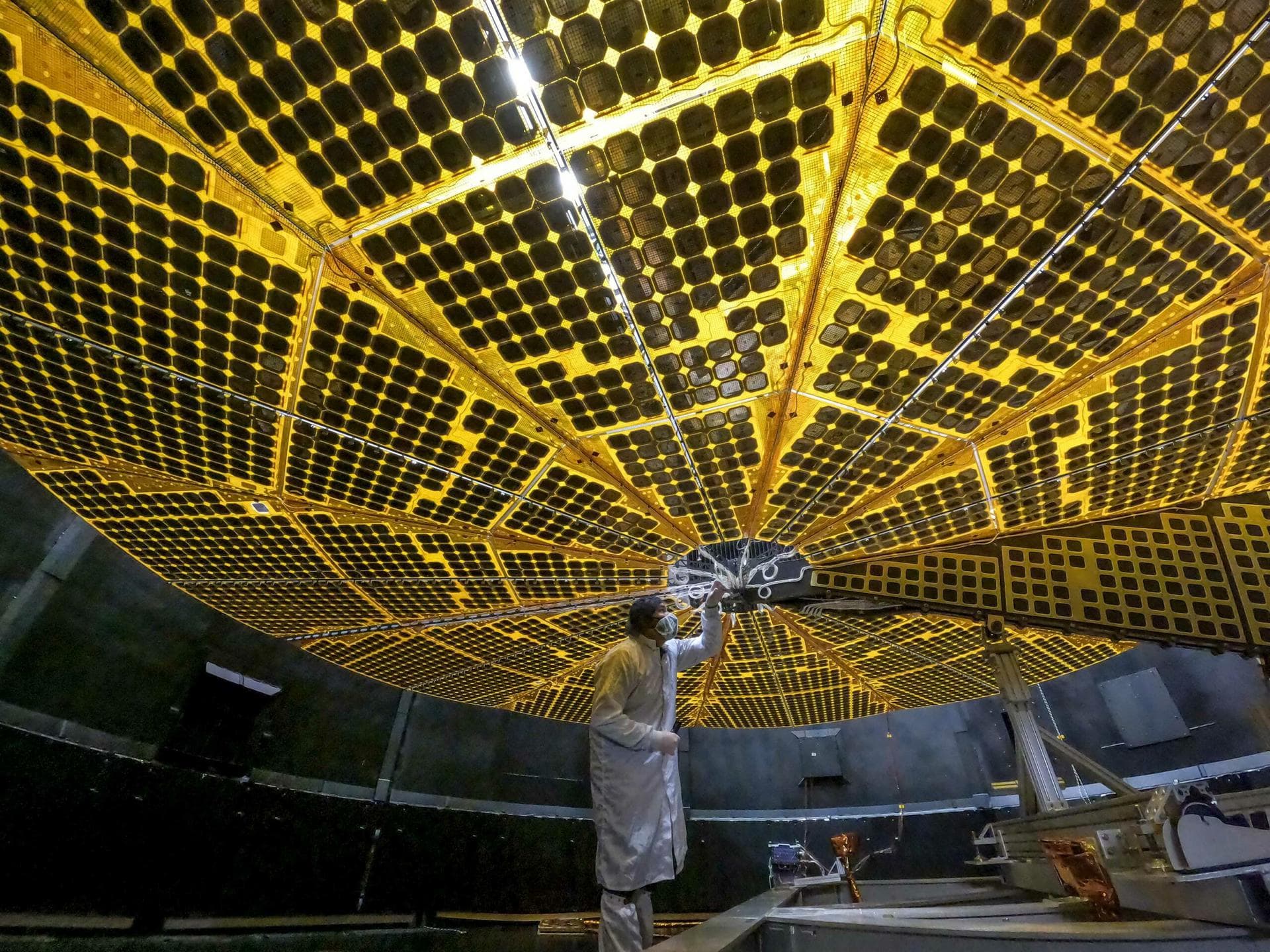How to set up the solar array of a spacecraft millions of kilometers from Earth, rushing through the void at a speed of tens of thousands of kilometers per hour? It turns out that this is possible, but be very careful.
Shortly after the launch of Lucy, NASA engineers realized that there was a problem. The spacecraft sent to investigate the Trojan asteroids of Jupiter uses two massive solar arrays folded like a fan. One of the arrays successfully deployed, and the other — not quite.

Questions immediately arose. Despite the fact that the other solar array was deployed by about 90%, it was not fixed properly. Will the device be able to achieve all its scientific goals with such a reduction in power? There were also concerns that if the partially folded array opened abruptly, it would damage the spacecraft. In response to these questions, NASA created a team in partnership with Lockheed Martin that developed the spacecraft. Their first task was to discover what went wrong.
Determining the source of the Lucy fault
To remotely diagnose the problem, the team sent Lucy a task to start some engines in different directions at different times. Using onboard sensors, they were able to determine how the spacecraft vibrated in response to these shocks and maneuvers, and from there determine the source of the malfunction. The team found that the wire that was used to open the solar array had snagged, leaving the array partially unfolded.

After additional discussions, the team came up with several possible solutions. One of them was to leave everything as it is. In the end, the grid was deployed at 90%, and any attempt to fix this could lead to further damage to the spacecraft. Was it worth intervening at all?
“Each path carries a certain element of risk to achieve basic scientific goals. A great part of our effort has been to identify proactive actions that reduce risk in any scenario,” said Barry Noakes, Lockheed Martin’s chief deep space exploration engineer.
Plan “B”
In the end, the team settled on the second solution. Lucy had a second backup coil to open the array in case the first one failed. If both coils worked together, they could be strong enough to fix the jam and open the array completely. The team then spent months working with simulations and replicas to make sure both coils could work in tandem without damaging the machine. Feeling confident, the Lockheed Martin team made four unwinding attempts within a few months.

In general, the second plan worked. The second solar array, although not fixed, is 99% open and is under much higher voltage. The team believes that the array will remain stable for the duration of the mission. It is planned that Lucy will make a gravitational flyby of the Earth in October 2022 and arrive at its first target in 2025.
Earlier we reported on how the NASA probe recorded a lunar eclipse from a distance of 100 million km.
Follow us on Twitter to get the most interesting space news in time
https://twitter.com/ust_magazine

